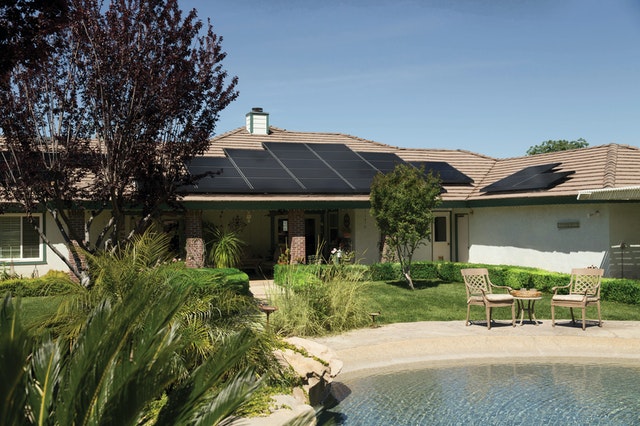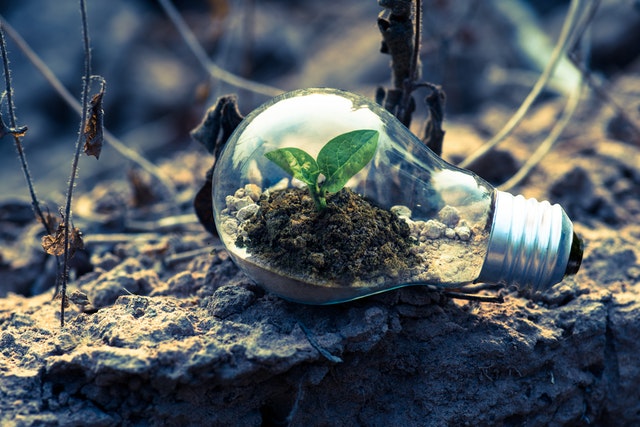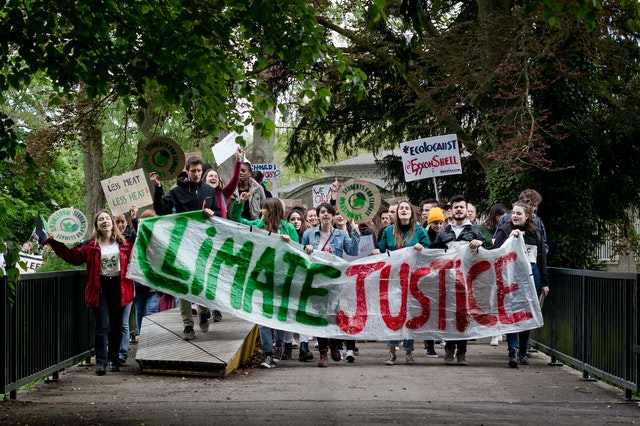
Over time, climate change is contributing to issues around the world like hunger from failed crops and displaced families from flooding. Cutting emissions and preserving resources while we can is the only way to stall these problems. While we need major companies in energy and mining to make changes to reduce the amount of carbon we put out, there are also changes individuals can make to live greener, healthier lives. Consider these simple suggestions!

Photo by Bibhukalyan Acharya from Pexels
Watch Your Water
Parts of the United States and many other regions of the world are now facing extreme droughts and concerns of unsustainable water rationing. Even if you live somewhere that's not experiencing shortages, reducing water waste today can help prepare your family for drought response actions tomorrow and will free up water for others who might have urgent need of it. Conserving this precious resource also helps curb the climate change that's contributing to these droughts: the less water you waste, the less energy needs to be burned on water treatment, cutting down on carbon emissions.
A great way to reduce water waste is through rainwater collection. Saving rainwater provides you with extra stores you can use to water plants, refill fountains, wash cars, do laundry, or use for whatever other irrigation needs you have. Saving rainwater can reduce a home’s water requirements by as much as 70 percent. If hot water systems are supplied with rainwater, that reduction can increase to as much as 85 percent.
If rainwater collection isn’t an option, or if you’d just like to focus on your tap water use for now, Prestige Plumbing points out that low-flow faucets and toilets can be a boon. They save water, energy and money, and ultimately can help save our planet.

Photo by Vivint Solar from Pexels
Install Solar Panels
If paying your electricity bill eats a huge chunk out of your monthly budget, it may be time to consider alternatives for powering your home. Solar panels are becoming increasingly accessible in the United States. Solar energy is (in effect) endless in supply, and taking advantage of it has no adverse effects on the climate.
As the technology improves, the efficiency of solar panels increases. Today, homeowners can find panels that boast 20 to 23 percent efficiency ratings. As solar panels become cheaper and more efficient, the costs of traditionally sourced power continue to increase. Today homeowners in the U.S. are achieving their break-even point with solar in as short as three years.

Photo by Waldemar Brandt from Pexels
Check Your Windows
According to Energy Saver, heat loss and gain through windows is responsible for 25-30 percent of residential energy use. Testing for air leaks may be as simple as feeling for airflow along cracks, but there are other ways to know, such as when you can rattle a window (meaning a seal or frame is compromised) or when you can see daylight seeping in around a frame.
While you can update your windows for better efficiency by addressing leaky frames with caulk or weatherstripping, it may be time to replace them outright. When searching for residential window repair near you, Angi recommends making sure the professional is insured and licensed (if required in your state). Also check their customer referrals, whether online or by calling the customers cited by the company.
And remember, even if your windows are in perfect condition, you're wasting valuable energy if you leave them open or cracked while simultaneously heating or cooling your unit artificially.

Change Your Light Bulbs
One of the simplest and most effective ways to reduce your carbon footprint is to switch to energy-efficient light bulbs. Just transitioning to LEDs can save tremendously; they last 12 times longer than conventional bulbs, use less electricity, and even if you run them 12 hours a day you can expect them to last as long as 11 years.

Photo by Vincent M.A. Janssen from Pexels
Broaden Your Efforts
Adjusting your homelife is a big challenge, but you can effect even bigger changes by engaging your community. Look to cities that have successfully addressed their carbon footprint and what qualities they offer — like sustainable energy sources, walkability and bikeability — and think about how you can bring about change in your own hometown. Whether it’s starting your own green business or encouraging your local government to promote change, being more actively climate-positive is sure to make a real impact that will ripple out to others.
Amanda Henderson enjoys raising awareness of a variety of important issues and sharing handy lifehacks through writing. On her Safe Children blog, she provides thoughts and resources on parenting and child safety. Article banner image by David McBee from Pexels.



